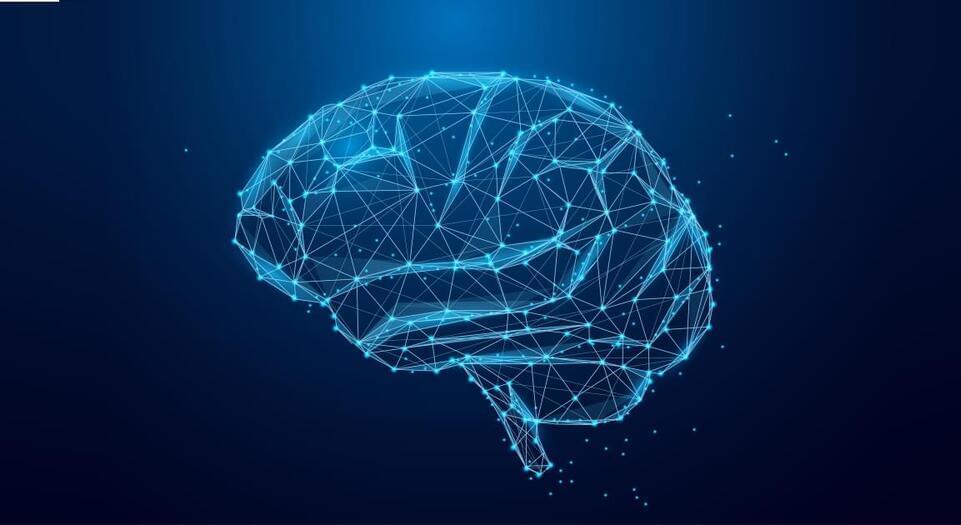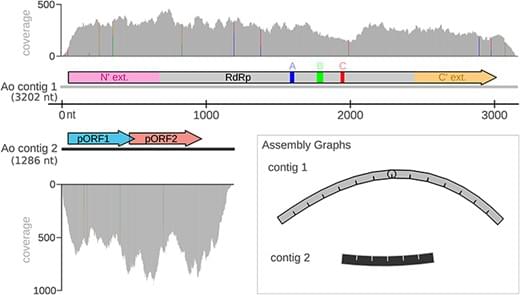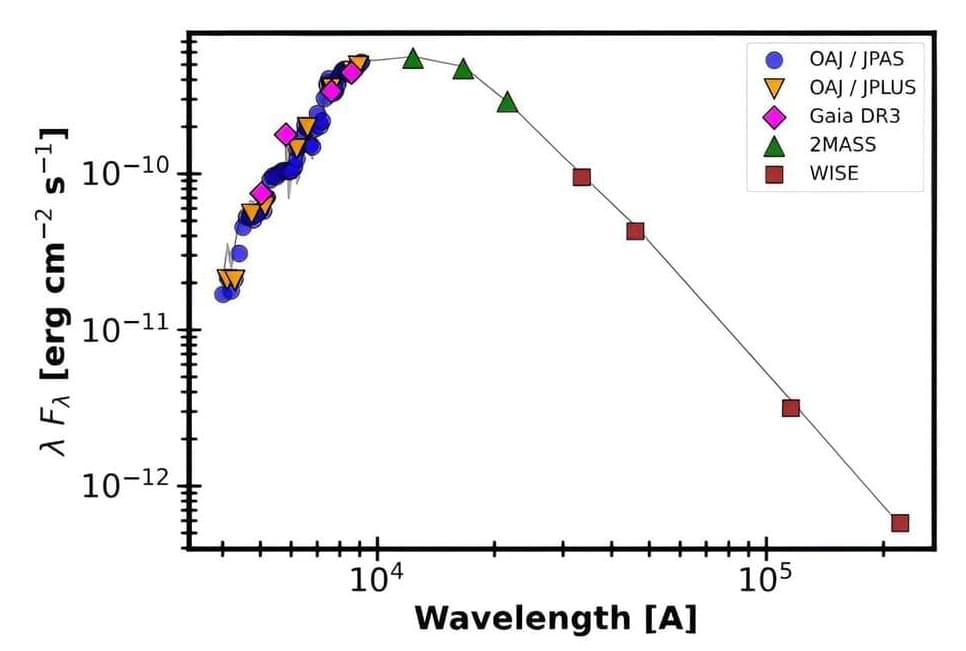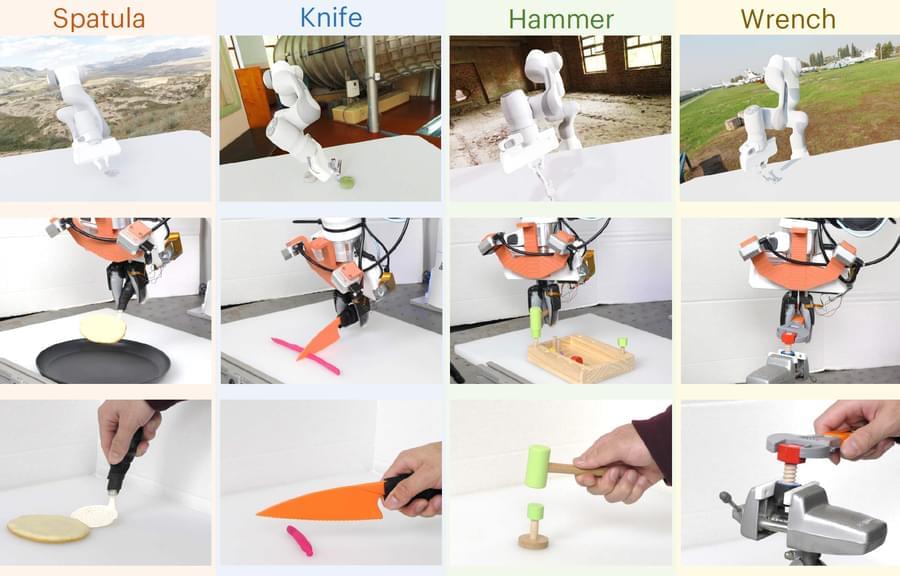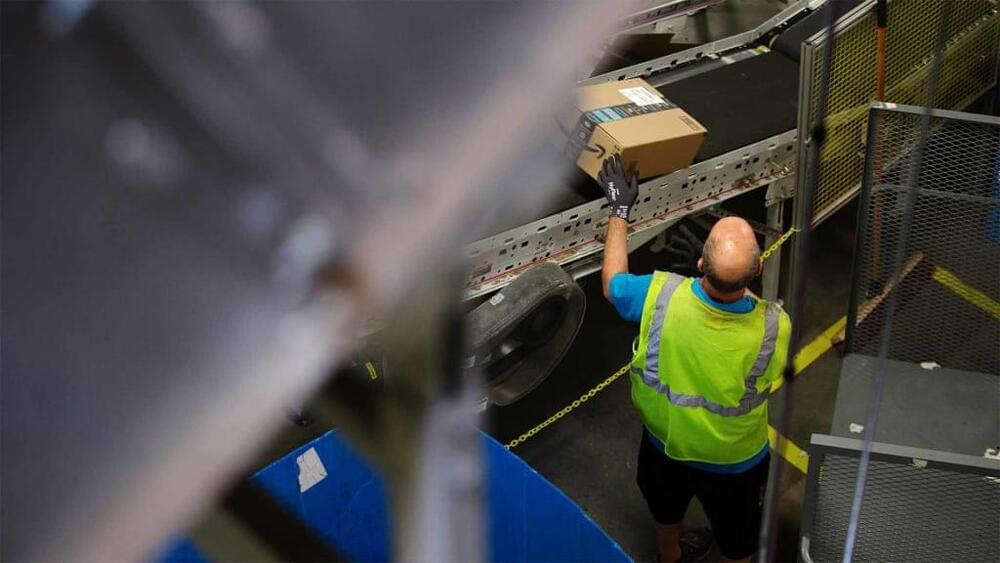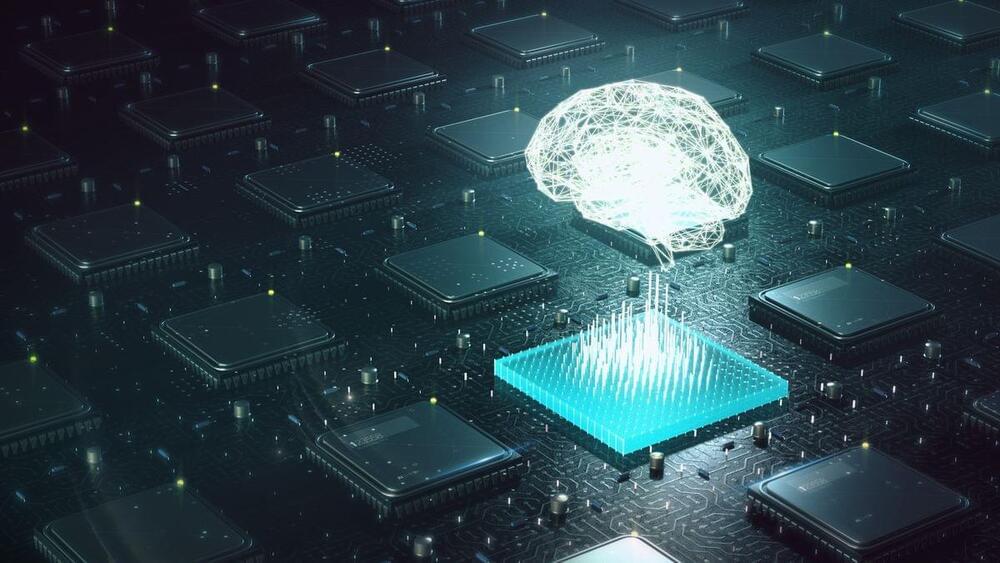Page 2
Jun 28, 2024
CRISPR/Cas9: Big Discovery in Gene Editing
Posted by Dan Breeden in categories: bioengineering, biotech/medical, chemistry, genetics
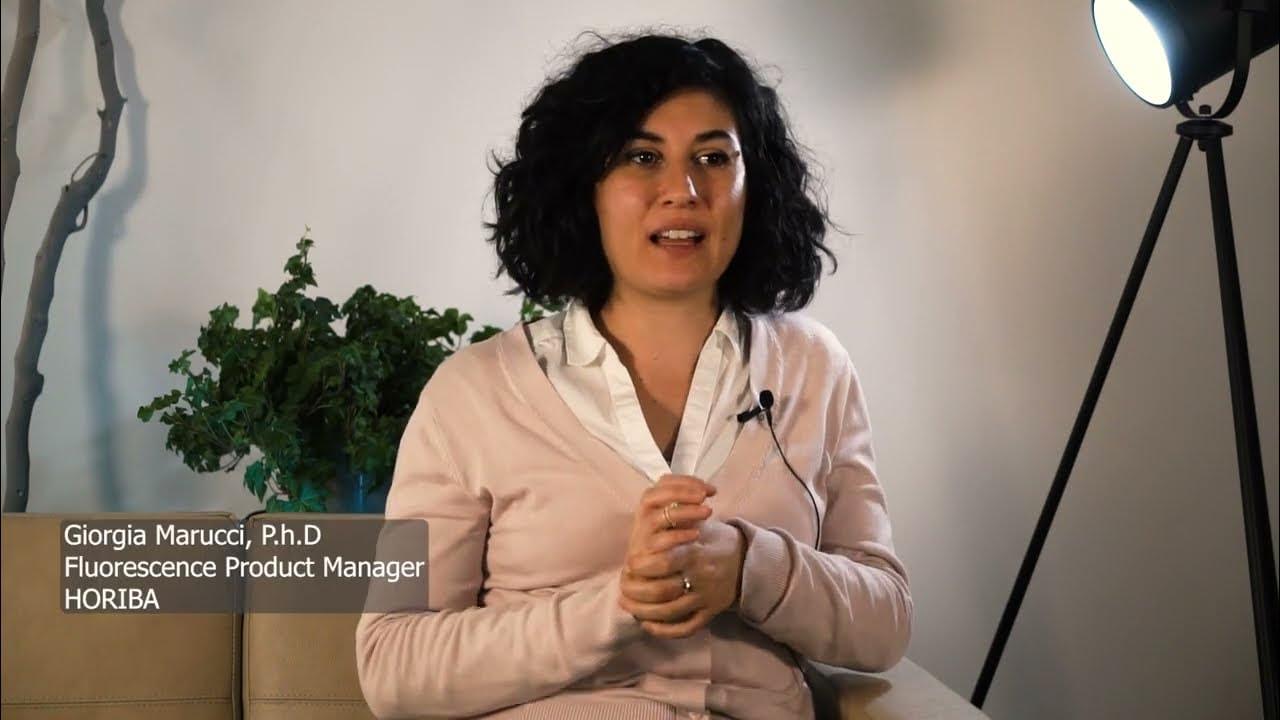
Giorgia Marucci of HORIBA explains how Jennifer Doudna, Emmanuelle Charpentier and their research teams revolutionized genetic engineering with their CRISPR-Cas9 discovery. Their groundbreaking approach to DNA editing elevated these two scientists to Nobel Laureate status when they received the Nobel Prize in Chemistry in 2020.
Read more about this story at: https://www.horiba.com/int/scientific…
Continue reading “CRISPR/Cas9: Big Discovery in Gene Editing” »
Jun 28, 2024
Quantum effects forbid the formation of black holes from high concentrations of intense light, say physicists
Posted by Paul Battista in categories: cosmology, quantum physics, space travel
For the last seven decades, astrophysicists have theorized the existence of “kugelblitze,” black holes caused by extremely high concentrations of light.
These special black holes, they speculated, might be linked to astronomical phenomena such as dark matter, and have even been suggested as the power source of hypothetical spaceship engines in the far future.
However, new theoretical physics research by a team of researchers at the University of Waterloo and Universidad Complutense de Madrid demonstrates that kugelblitze are impossible in our current universe. Their research, titled “No black holes from light,” is published on the arXiv preprint server and is forthcoming in Physical Review Letters.
Jun 28, 2024
Researchers discover ‘Trojan Horse’ Virus Hiding in Human Parasite
Posted by Natalie Chan in categories: biotech/medical, computing, neuroscience
An international team led by researchers at the University of Toronto has found a new RNA virus that they believe is hitching a ride with a common human parasite.
The virus, called Apocryptovirus odysseus, along with 18 others that are closely related to it, was discovered through a computational screen of human neuron data — an effort aimed at elucidating the connection between RNA viruses and neuroinflammatory disease. The virus is associated with severe inflammation in humans infected with the parasite Toxoplasma gondii, leading the team to hypothesize that it exacerbates toxoplasmosis disease.
“We discovered A. odysseus in human neurons using the open-science Serratus platform to search through more than 150,000 RNA viruses” said Purav Gupta, first author on the study, recent high school graduate and current undergraduate student at U of T’s Donnelly Centre for Cellular and Biomolecular Research. “Serratus identifies RNA viruses from public data by flagging an enzyme called RNA-dependent RNA polymerase, which facilitates replication of viral RNA. This enzyme allows the virus to reproduce itself and for the infection to spread.”
Jun 28, 2024
TOI-1685 b is a Hot and Rocky Super-Earth Exoplanet, Observations find
Posted by Natalie Chan in category: space
An international team of astronomers has performed follow-up observations of a nearby alien world known as TOI-1685 b. Results of the observations, published May 21 on the pre-print server arXiv, indicate that TOI-1685 b is a hot and rocky alien world with an Earth-like density.
The so-called “super-Earths” are planets more massive than Earth but not exceeding the mass of Neptune. Although the term “super-Earth” refers only to the mass of the planet, it is also used by astronomers to describe planets bigger than Earth but smaller than the so-called “mini-Neptunes” (with a radius between two to four Earth radii).
Discovered in 2021, TOI-1685 b is an ultra-short-period (USP) super-Earth orbiting an M-dwarf star about half the size and mass of the sun. The system is located some 122.5 light years away.
Jun 28, 2024
A Technique for more Effective Multipurpose Robots
Posted by Natalie Chan in categories: habitats, robotics/AI
With generative AI models, researchers combined robotics data from different sources to help robots learn better. MIT researchers developed a technique to combine robotics training data across domains, modalities, and tasks using generative AI models. They create a combined strategy from several different datasets that enables a robot to learn to perform new tasks in unseen environments.
Let’s say you want to train a robot so it understands how to use tools and can then quickly learn to make repairs around your house with a hammer, wrench, and screwdriver. To do that, you would need an enormous amount of data demonstrating tool use.
Existing robotic datasets vary widely in modality — some include color images while others are composed of tactile imprints, for instance. Data could also be collected in different domains, like simulation or human demos. And each dataset may capture a unique task and environment.
Jun 28, 2024
Amazon Just Quietly Announced a Big Change to Its Website
Posted by Kelvin Dafiaghor in category: futurism
The company will allow sellers to ship directly to customers from China in an effort to compete with Shein and Temu.
Jun 27, 2024
Most pristine trilobite fossils ever found shake up scientific understanding of the long extinct group
Posted by Michael Taylor in category: futurism
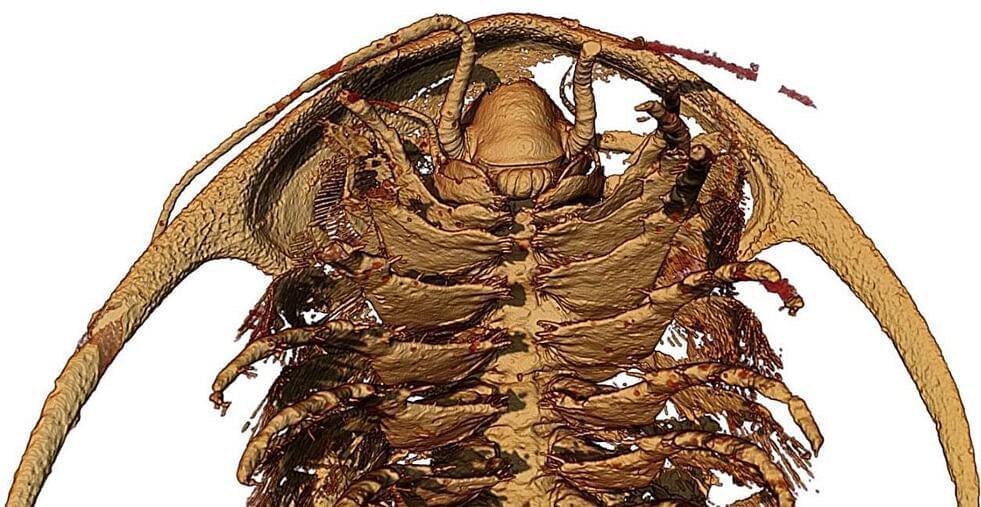
Researchers have described some of the best-preserved three-dimensional trilobite fossils ever discovered. The fossils, which are more than 500 million years old, were collected in the High Atlas of Morocco and are being referred to by scientists as “Pompeii” trilobites due to their remarkable preservation in ash.
The paper, “Rapid volcanic ash entombment reveals the 3D anatomy of Cambrian trilobites,” was published in the journal, Science.
Jun 27, 2024
Tesla could release FSD v12.4.2 this weekend
Posted by Genevieve Klien in categories: Elon Musk, robotics/AI
The next update to Tesla’s Full Self-Driving (Supervised) could arrive this weekend, as the long-awaited v12.4.2 is scheduled to enter an internal testing phase tomorrow.
Tesla first released version 12 of FSD in March, and it was a significant release because it was the first version that relied on end-to-end neural nets, instead of over 300,000 lines of hand-written code. With the switch, CEO Elon Musk said that each revision should result in significant improvements, saying that v12.4 should see a 5 to 10 times improvement in miles per intervention.
However, v12.4 was only released to a limited number of testers earlier this month, more than four weeks after Musk initially said it would be available, and it received a luke-warm response, with a number of bugs and erratic driving behaviours reported. As a result, it has yet to go to a wide release.
